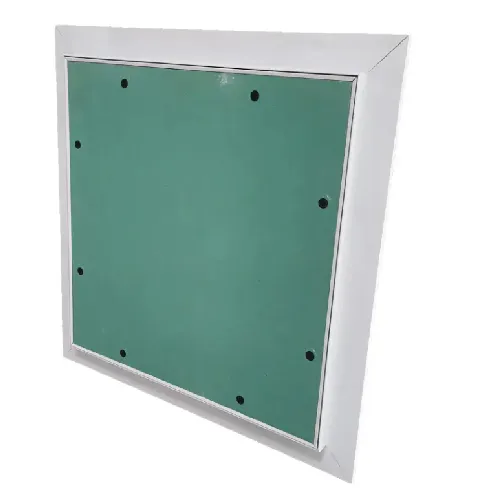- Afrikaans
- Albanian
- Amharic
- Arabic
- Armenian
- Azerbaijani
- Basque
- Belarusian
- Bengali
- Bosnian
- Bulgarian
- Catalan
- Cebuano
- Corsican
- Croatian
- Czech
- Danish
- Dutch
- English
- Esperanto
- Estonian
- French
- German
- Greek
- Hindi
- Indonesian
- irish
- Italian
- Japanese
- Korean
- Lao
- Malay
- Myanmar
- Norwegian
- Norwegian
- Polish
- Portuguese
- Romanian
- Russian
- Serbian
- Spanish
- Swedish
- Thai
- Turkish
- Ukrainian
- Uzbek
- Vietnamese
नवम्बर . 25, 2024 04:46 Back to list
drop ceiling tees
Exploring the Benefits and Applications of Drop Ceiling Tees
Drop ceiling tees, often referred to simply as ceiling tees or grid tees, play a significant role in the architecture and design of modern spaces. An integral component of drop ceiling systems, these metal framework pieces serve as the structural skeleton that supports ceiling tiles, providing both functional and aesthetic benefits. This article delves into the characteristics, advantages, and various applications of drop ceiling tees.
What are Drop Ceiling Tees?
Drop ceiling tees are typically made of lightweight metal, particularly galvanized steel or aluminum, designed to support various types of ceiling tiles including acoustic tiles, plaster, or other lightweight materials. They come in various lengths, usually either 24 inches or 48 inches, and are installed in a grid pattern to create a stable ceiling structure. The tees connect with cross tees to form a grid that allows for the easy installation and replacement of ceiling tiles.
Advantages of Drop Ceiling Tees
1. Ease of Installation One of the most significant advantages of drop ceiling tees is the simplicity of their installation. They can be quickly assembled and adjusted, making it possible for contractors and DIY enthusiasts to complete ceiling projects efficiently without requiring specialized skills.
2. Accessibility Drop ceilings are highly sought after for their accessibility to plumbing, electrical work, and HVAC systems. This design enables easy access to these systems for repairs or maintenance without disturbing the entire ceiling structure.
3. Aesthetic Appeal Available in various finishes and styles, drop ceiling tees can blend seamlessly with different room designs. Whether in commercial buildings, schools, or residential spaces, the right choice of materials and tiles can contribute significantly to the overall aesthetics of a room.
4. Sound Management Many drop ceiling tiles are designed with acoustic properties, contributing to noise reduction in busy environments such as offices or schools. The grid created by the tees helps in enhancing sound absorption, making spaces more comfortable and conducive to concentration.
drop ceiling tees

5. Cost-Effectiveness Compared to traditional plaster or solid ceilings, drop ceilings can be a more economical choice. They are often less expensive to install, maintain, and replace, making them suitable for budget-conscious projects.
Applications of Drop Ceiling Tees
Drop ceiling tees are used in a multitude of settings, showcasing their versatility
- Commercial Spaces Offices, retail stores, and restaurants frequently utilize drop ceilings to create professional and polished environments. The grid system allows for the integration of lighting fixtures, ventilation, and other ceiling-mounted systems.
- Education Facilities Schools benefit from the noise reduction properties of drop ceilings, providing a more focused learning environment. Additionally, the accessibility allows for easy maintenance of lighting and HVAC systems, essential in educational institutions.
- Healthcare Facilities Hospitals and clinics often favor drop ceilings due to the need for clean, easily maintainable spaces. The ability to quickly access above-ceiling utilities is crucial for efficient healthcare service delivery.
- Residential Buildings Homeowners are increasingly choosing drop ceilings for basements and recreational rooms. The aesthetic flexibility allows for a customized look while maintaining the necessary functionality.
Conclusion
Drop ceiling tees represent an essential element in modern construction and design. Their practical benefits, including ease of installation, accessibility to utilities, and aesthetic flexibility, make them a popular choice across a variety of settings. As industries continue to prioritize functionality and design, drop ceiling systems, supported by quality tees, will remain a cornerstone in the evolution of interior spaces. Whether in commercial or residential applications, they provide not only structural support but also enhance the overall atmosphere of a space, meeting the diverse needs of today’s users.
-
Transform Interiors with PVC Gypsum Ceiling: A Stylish, Durable, and Moisture-Resistant SolutionNewsMay.19,2025
-
The Smart Interior Upgrade: Discover the Durability and Versatility of Gypsum Ceiling Access Panel SolutionsNewsMay.19,2025
-
The Smart Choice for Interior Design: Discover the Value of PVC Gypsum Ceiling SolutionsNewsMay.19,2025
-
Mineral Fiber Ceiling Tiles: The Smart Blend of Performance and AestheticsNewsMay.19,2025
-
Mineral Fiber Ceiling Tiles: The Superior Choice Over Gypsum for Sound and Fire SafetyNewsMay.19,2025
-
Mineral Fiber Ceiling Tiles: Eco-Friendly Strength and Style for Every CeilingNewsMay.19,2025







